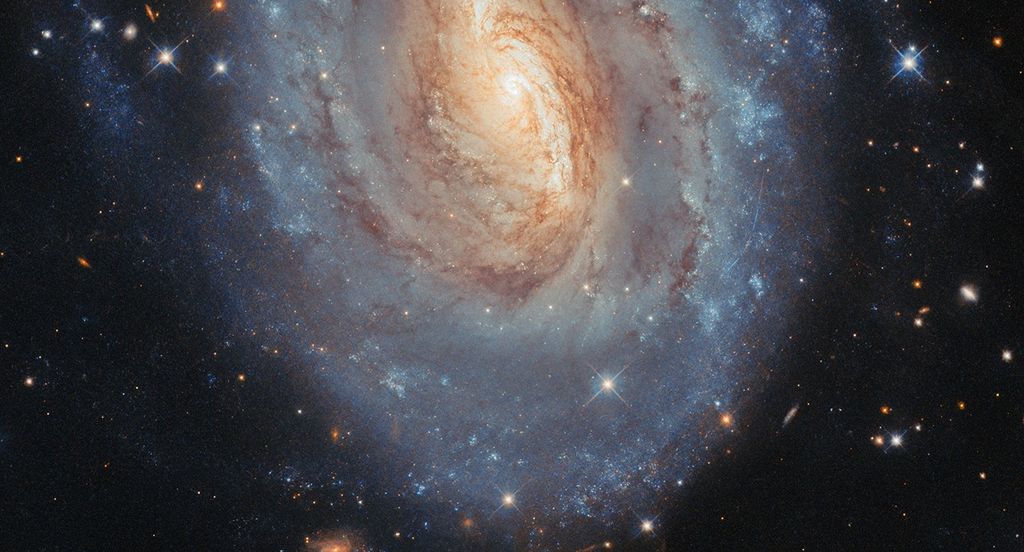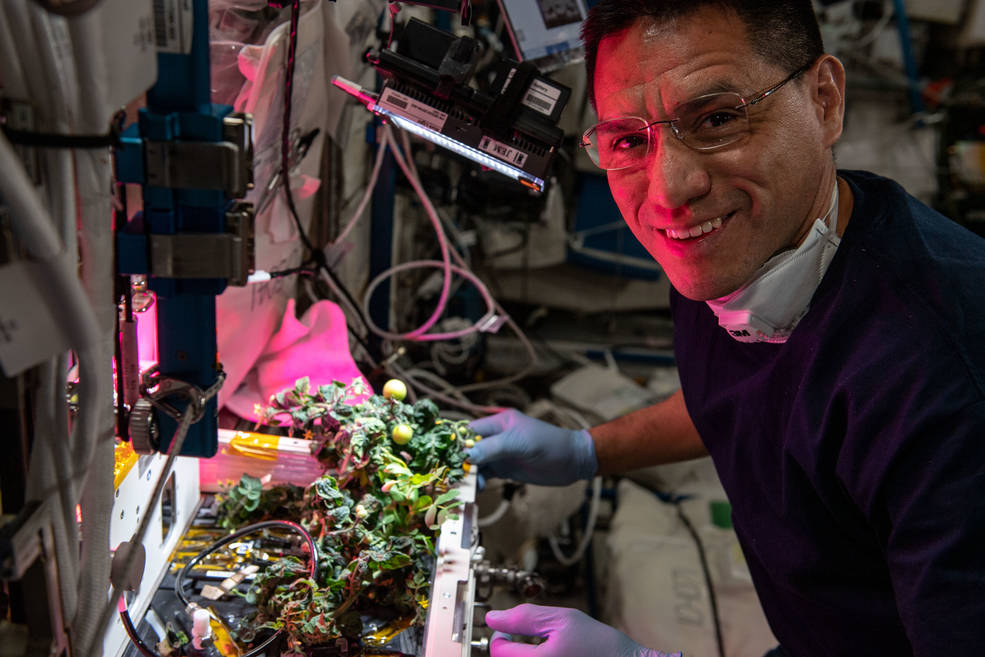Frank Rubio, a NASA astronaut aboard the International Space Station, will speak to students associated with the Smithsonian Institution’s National Museum of the American Latino.
NASA coverage of the Earth-to-space call will begin at 11 a.m. EDT Thursday, May 18, on NASA Television, the NASA app, and the agency’s website.
Rubio, who is on track to break the record for longest single flight mission by a U.S. astronaut, will answer prerecorded questions from Arizona, Georgia, Texas, and Washington, D.C., students. Rubio earned his doctorate from the University of Uniformed Services of Health Sciences in Bethesda, Maryland. Rubio is the first NASA astronaut of Salvadoran heritage to fly to space. The downlink, hosted by the Smithsonian’s National Museum of the American Latino will showcase Latino role models in STEM fields and inspire students to pursue science, technology, engineering, and math.
Media interested in covering the event should respond no later than 5 p.m. on Monday, May 15, by contacting David Coronado at: coronadod@si.edu or 202-633-9004.
For more than 22 years, astronauts have continuously lived and worked aboard the space station, testing technologies, performing science, and developing the skills needed to explore farther from Earth. Astronauts aboard the orbiting laboratory communicate with NASA’s Mission Control Center in Houston 24 hours a day through the Space Communications and Navigation (SCaN) Near Space Network.
Important research and technology investigations taking place aboard the International Space Station benefits people on Earth and lays the groundwork for future exploration.
As part of Artemis, NASA will send astronauts to the Moon to prepare for future human exploration of Mars. Inspiring the next generation of explorers – the Artemis Generation – ensures America will continue to lead in space exploration and discovery.
See videos and lesson plans highlighting research on the International Space Station at:
https://www.nasa.gov/stemonstation
-end-
Katherine Brown
Headquarters, Washington
202-358-1288
katherine.m.brown@nasa.gov
Sandra Jones / Maria-jose Vinas Garcia
Johnson Space Center, Houston
281-483-5111 / 301-614-5883
sandra.p.jones@nasa.gov / maria-jose.vinasgarcia@nasa.gov
Katherine Brown
Headquarters, Washington
202-358-1288
katherine.m.brown@nasa.gov
Sandra Jones / Maria-jose Vinas Garcia
Johnson Space Center, Houston
281-483-5111 / 301-614-5883
sandra.p.jones@nasa.gov / maria-jose.vinasgarcia@nasa.gov



























